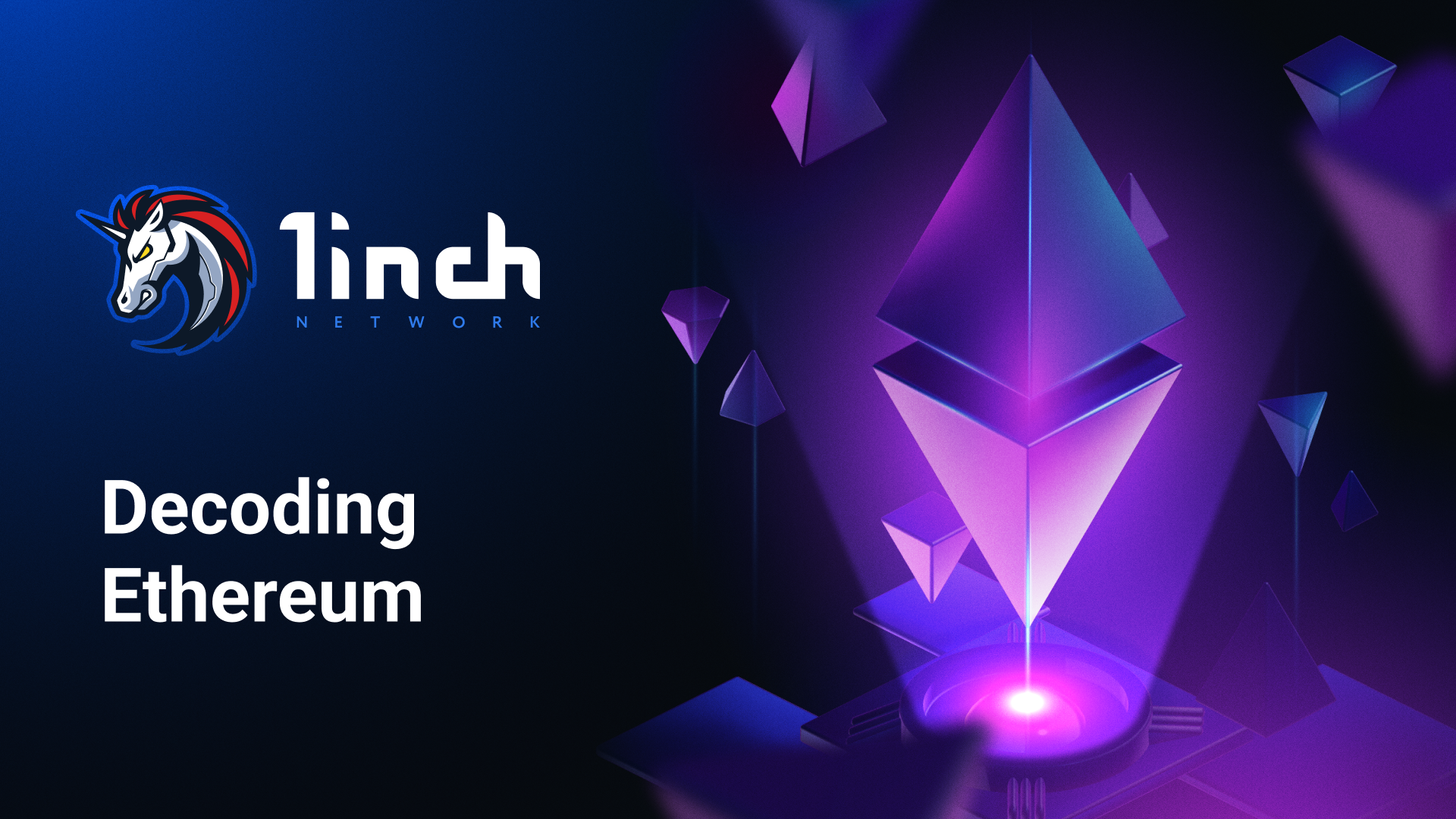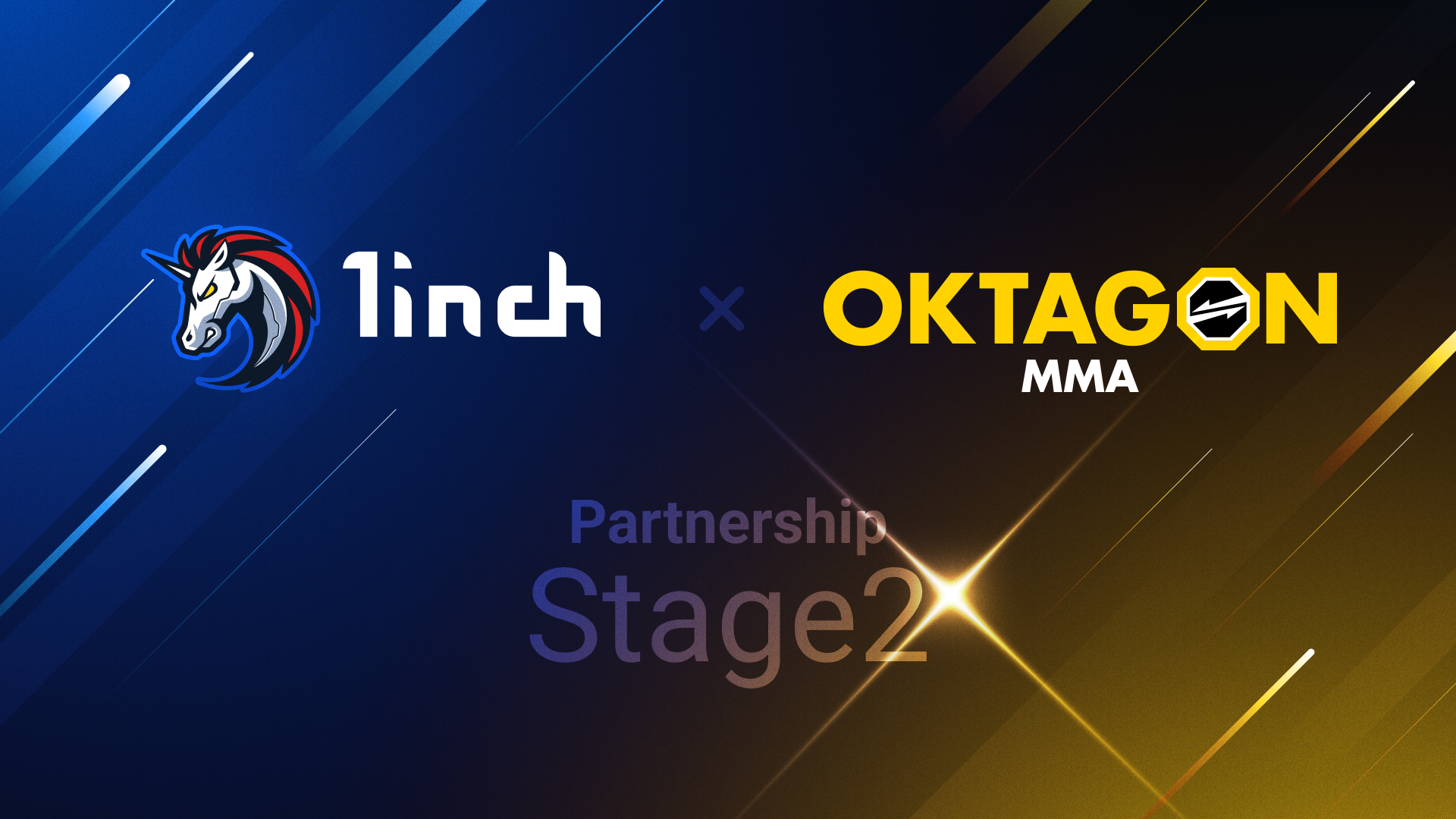What is Ethereum?

Key takeaways:
Ethereum is a blockchain platform with a functionality for smart contracts, mostly used for decentralized finance (DeFi) applications and powered by Ether (ETH), its native cryptocurrency.
Ethereum history and updates
In 2013, Vitalik Buterin came up with the idea of creating decentralized applications and a blockchain platform to build them, introducing the concept in a white paper. And in 2015, the first platform block was created.
Since 2016, Ethereum has undergone many upgrades. They are designed to improve the work of the blockchain platform through global changes in its architecture. Among the most significant upgrades is the Merge (successfully completed in 2022), which migrated the network from the Proof of Work consensus algorithm to Proof of Stake. A schedule for further upgrades aiming to increase scalability - the network's ability to handle higher demands - is set for years to come.
How do transactions work on Ethereum?
A transaction is a money transfer – when someone sends funds, exchanges money or pays for a service or product using the payment network. Ethereum allows for transactions in ETH.
For transactions, users are charged a fee that is normally referred to as gas gas. It shows how much computing power goes into performing a transaction. The gas price is calculated in Gwei - ‘pennies’ of ETH. Gwei = 0.000000001 ETH. But most wallets - apps and dApps that interact with crypto - show the gas price in US dollars.
So, ETH is what you see on your wallet balance and what you send or receive. And you have to spend ETH on gas to perform a transaction. Gas is not transferred to someone’s wallet. It only exists within the Ethereum ecosystem and serves as a life energy for the blockchain.
How to manage gas in Ethereum transactions?
Usually, a wallet’s ‘Swap’ and ‘Send’ dashboards offer multiple gas price options. The faster you want a transaction to be completed, the higher the gas price. Different factors influence the price. Transaction size - what amount of crypto you wish to transfer - is among them. Another factor is current blockchain congestion - how many users, apart from you, are sending requests to perform their transactions. You can set your own gas price to control the transaction speed, which is also reflected on the dashboard. Also, you can pay more via priority fees to speed up the transaction.
Why do priority fees and validators matter?
Priority fees come as tips for validators responsible for processing transactions on Ethereum. They validate transactions and batch them into blocks. All those blocks form a blockchain. A blockchain network has a decentralized structure, meaning the information about recorded transactions is not held in one place or owned by someone but distributed between countless network participants (servers) - nodes. Validators are also considered to be nodes. Since the blockchain is decentralized with no control by some central entity, the work of nodes is regulated by a set of rules known as the Proof of Stake (PoS) consensus algorithm. Proof of Stake or PoS is a consensus algorithm that helps all nodes participating in blockchain work to agree about the blocks and transactions. Previously, Ethereum used another consensus algorithm - Proof of Work (PoW). The transition occurred after the Merge.
What is the Merge?
The Merge is one of the most important Ethereum upgrades. It happened on September 15, 2022 and changed the network infrastructure. Before the Merge, Ethereum used the Proof of Work consensus algorithm. The update introduced a transition to Proof of Stake. Previously, miners validated and batched transactions into blocks by burning computing power. After the transition to PoS, validation is the responsibility of ETH holders, who verify the block updates by checking them with their copies of the chain history.
The new infrastructure paved the way for future upgrades and increased scalability. What changed:
- The blockchain has become even more decentralized. Mining requires high energy costs and equipment offering high computing power. Therefore, miners often unite to participate in mining pools. As a result, groups of mining pool operators end up being responsible for quite a lot of block building. The PoS algorithm allowed a huge number of individual block builders to join the work on network security.
- The network has become environmentally friendly. Mining is associated with huge energy emissions, which negatively affects the environment. According to the Ethereum Foundation, due to the Merge, energy consumption decreased by 99.99%.
- Validators received additional functionality - the ability to slash failed validators and malicious actors.
- Blocks are confirmed in a fixed time - 12 seconds. Previously, a variable block time was used.
- Validators still receive rewards for validating blocks, but about 90% less since they no longer need to cover electricity costs. One of the ultimate goals of future upgrades is to increase scalability and throughput. It is planned to boost it to 100,000 transactions per second. This is expected to happen with sharding - splitting the network into chains of shards that would share the load and increase transaction throughput. The Merge was a significant step toward sharding.
Ethereum key features
Smart contracts
Ethereum is a blockchain with an advanced functionality of supporting smart contracts. A smart contract is a piece of software code built into a blockchain. The code specifies the conditions for automatically executing the contract when they are met. For example, a company rents out a car or an apartment by applying a smart contract. If the rent period runs out and the tenant has not made an additional payment, the smart contract locks the door of the car and its engine or the apartment door.
Smart contracts enable transferring many business procedures to blockchain, eliminating the ‘human factor.’ They are an alternative to traditional legal agreements.
The smart contract feature allows developers to build their dApps on the Ethereum platform. The system guarantees protection from failures, the absence of censorship and the non-interference of external regulators.
If one of the nodes serving a smart contract fails, the dApp will automatically switch to another node and continue to work steadily and perform the function built into the smart contract.
EVM
Ethereum Virtual Machine is a ‘distributed computer’ responsible for smart contract execution. It can handle much more complex operations than transactions. When a new app is activated or a transaction is executed, the network processes the data compiled into bytecode, which EVM decrypts and runs. Thanks to the virtual machine, applications written in different computer languages can communicate effectively.
EVM is entirely isolated, meaning it has no access to the resources of the computers on which it runs. The machine controls unauthorized access to the program's internal state, preventing potential errors and attacks on the network.
ERC-20 tokens
Ethereum allows for issuing tokens (cryptocurrencies) other than ETH. A single standard developed for those tokens is ERC-20 – Ethereum Request for Comments 20. It ensures that projects releasing their tokens on Ethereum meet security standards and guarantees the tokens' stability within the network.
Ethereum was the first blockchain for startups to be monetized with their own tokens. Various projects' ICOs (Initial Coin Offerings) were done on the Ethereum platform.
What are the use cases for Ethereum?
Ethereum extended the concept of decentralization to the crypto-economy through smart contracts. The network’s features enabled many cutting-edge dApps, projects and the entire DeFi system to rise.
- dApps. Ethereum appears to be a basis for numerous dApps. Decentralized applications are just like any other apps but they run on a blockchain. They are powered by cryptocurrency and not controlled by central entities.
- NFTs. Ethereum allowed for the development of NFTs. NFT is a non-fungible token, representing its holder’s ownership of certain unique information - an image or some other file - encoded in it. The digital item exists in a single number and cannot be reproduced. NFT technology is based on Ethereum smart contracts. Therefore, the network hosts a huge number of them.
- DAOs. There are also DAOs using smart contracts. DAO is an alternative to traditional autonomous organizations since it is decentralized and owned by its members. It offers a safe and secure way to collaborate and exchange funds for projects on a global level.
- DeFi platforms. A tremendous number of DeFi platforms are based on Ethereum. They allow for dealing with cryptocurrency (decentralized exchanges and wallets), borrowing and earning on crypto assets.
Most of the DeFi components are powered by Ethereum. As an open system, DeFi offers more possibilities and control over one's finances than a traditional centralized system.
How is Ethereum different from Bitcoin?
BTC (Bitcoin) and ETH are the most powerful and widely used cryptocurrencies. But these two assets feature different technical characteristics.
- The creator of BTC is anonymous, while the list of ETH founders is public and includes several other names in addition to Vitalik Buterin.
- According to a predefined schedule, the coin's issuance is limited to 21 mln, and there will never be more than that number of BTCs.
- Unlike BTC, Ether’s supply is not limited, but the number of daily issued tokens is regulated by a schedule.
- While BTC positions itself as a store of value, ETH, in addition to this function, also powers the Ethereum platform and ecosystem, which is fundamentally different from the Bitcoin blockchain in terms of functionality.
- The Bitcoin blockchain is a payment network, while Ethereum supports smart contracts and allows applications and other projects to be built on it.
- Ethereum enables other tokens to operate on it as long as they are issued in one of the network’s standards, the most famous of which is ERC-20. The Bitcoin blockchain lacks that functionality and uses a layer that allows other tokens to interact with it.
- The two networks have different consensus algorithms. Bitcoin relies on Proof of Work, while Ethereum uses Proof of Stake.
- The two networks require different amounts of time to form blocks. Bitcoin has an average block time of 10 minutes, and Ethereum’s block time is 12 seconds.
- They can handle a different amount of transactions per second. Bitcoin's average TPS (the number of transactions per second) is about seven, while Ethereum’s throughput varies from 30 to 80 transactions per second. This number is expected to increase with future updates.
How to start with Ether?
Install a wallet - an app to store and interact with ETH and other cryptocurrencies. The wallet automatically generates an address to identify your wallet in a system. People sending you crypto use this address to designate you as a receiver. You can buy your first ETH with a wallet or on an exchange, as well. For added security, you can use a Ledger Ethereum wallet to store your crypto offline.





























